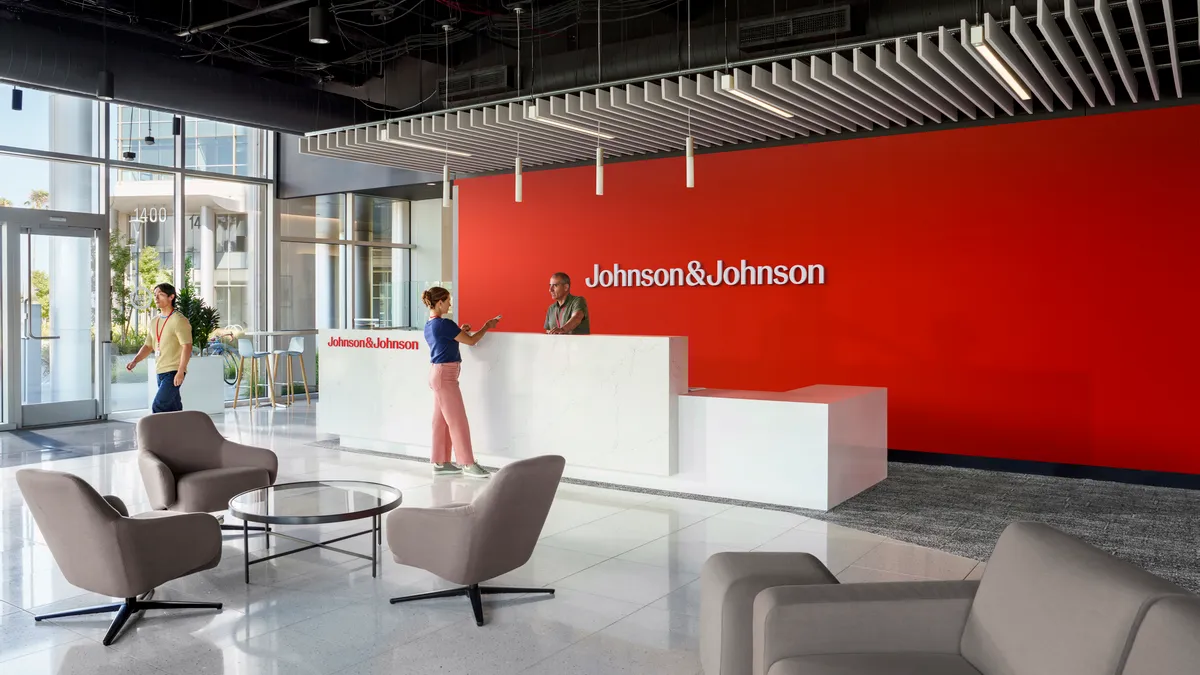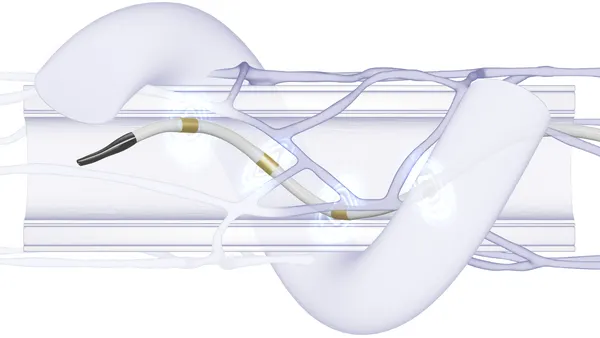Johnson & Johnson’s cardiovascular group continues to offset slower growth in other businesses after the healthcare giant spent more than $30 billion to buy a string of cardio companies over the past year.
The cardiovascular business grew year over year by more than 26% in the third quarter, helped by the additions of Abiomed and Shockwave Medical, which J&J paid about $16.6 billion and $13.1 billion to acquire, respectively.
Overall, J&J’s cardiovascular business brought in nearly $2 billion in sales in the third quarter. Abiomed added $362 million, representing year-over-year growth of more than 16%, and Shockwave added another $229 million in revenue in that period.
Tim Schmid, J&J’s worldwide chairman of medtech, told investors on a Tuesday earnings call that both acquisitions are performing as expected.
The cardiovascular group propped up slower growth across the medical device unit. J&J’s orthopedics business had another quarter of low-single-digit growth, while the surgery business failed to improve year over year for a third straight quarter.
J&J has focused on adding to its cardiovascular group over the past year, spending more than $30 billion on Abiomed, Shockwave and Laminar. The company also closed its $1.6 billion acquisition of V-Wave last week, which could be another boost for the cardiovascular business.
Schmid called the recent activity a “deliberate move into higher-growth, higher-margin categories” and said V-Wave is another “exciting” step on that path.
Meanwhile, CEO Joaquin Duato said J&J submitted an investigational device exemption application to the Food and Drug Administration for its Ottava surgical robot.
CFO Joe Wolk tempered expectations for the device business overall, however. Wolk said the company now expects adjusted operating sales for medtech to grow closer to 5% year over year in 2024, below the 6% growth rate previously forecast.
The revision is partially due to ongoing challenges in Asian markets, specifically in China, where the country’s anti-corruption campaign and value-based procurement program have dragged down sales. Wolk said that J&J is “assuming no material improvement in that part of the business for the remainder of this year.”
A recent strike in Korea by healthcare professionals is also a challenge in the region. Schmid said the strike started in February, and J&J doesn’t “see any end in sight.”
Other challenges include a slowdown in procedures following hurricanes Helene and Milton, both of which hit the Southeast in the past few weeks. The U.S. is experiencing a shortage of IV fluids after Hurricane Helene damaged Baxter's manufacturing facility in North Carolina, a key producer of IV supplies.
Schmid said the hurricanes’ impact on elective procedures has primarily occurred in areas in the Southeast hit by the storms, but volumes more generally could slow down if the IV fluid shortage persists.













